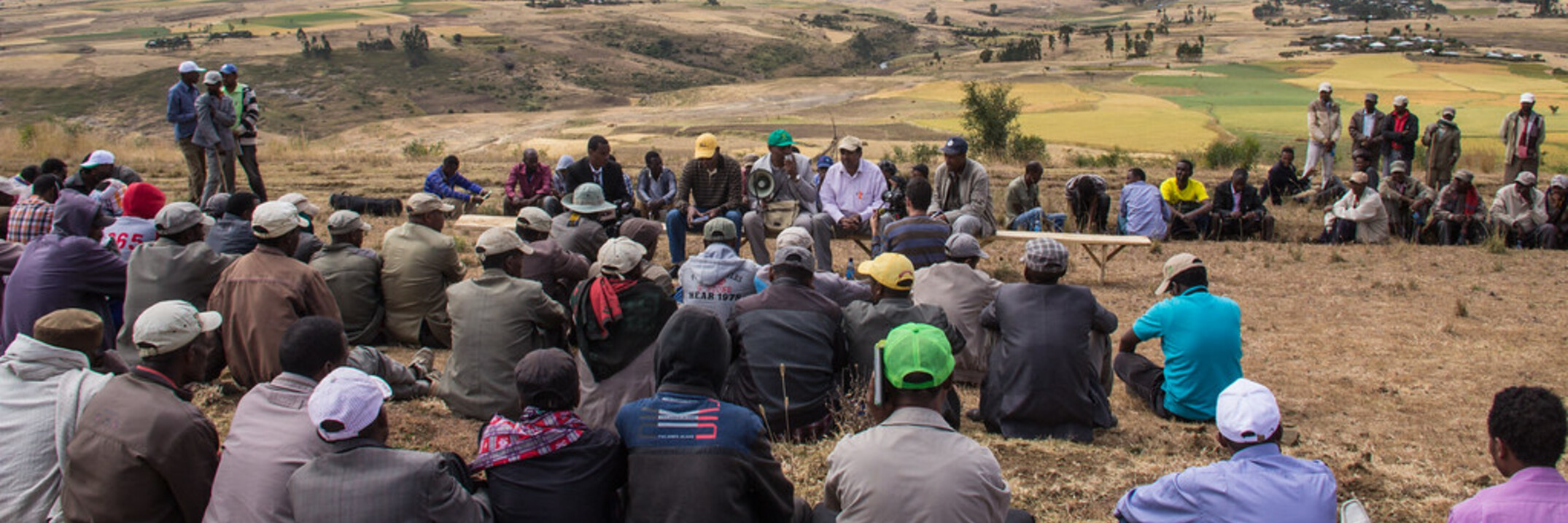In the present study, we analyzed spatio-temporal vegetation dynamics to identify and delineate the vegetation stress zones in tropical arid ecosystem of Anantapuramu district, Andhra Pradesh, India, using Normalized Difference Vegetation Index (NDVI...


